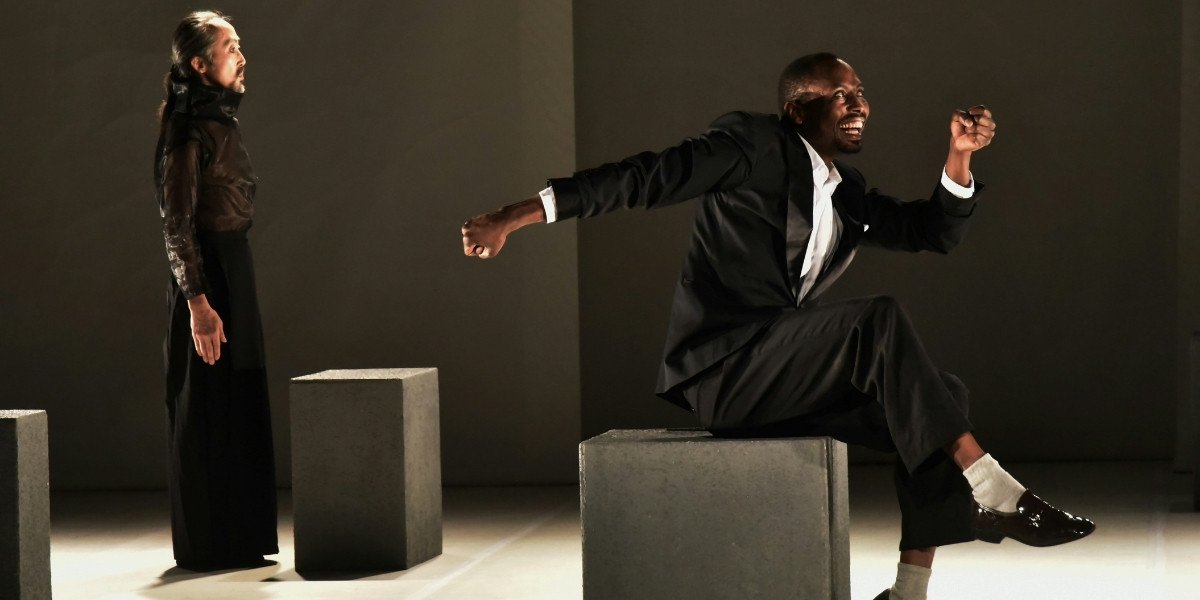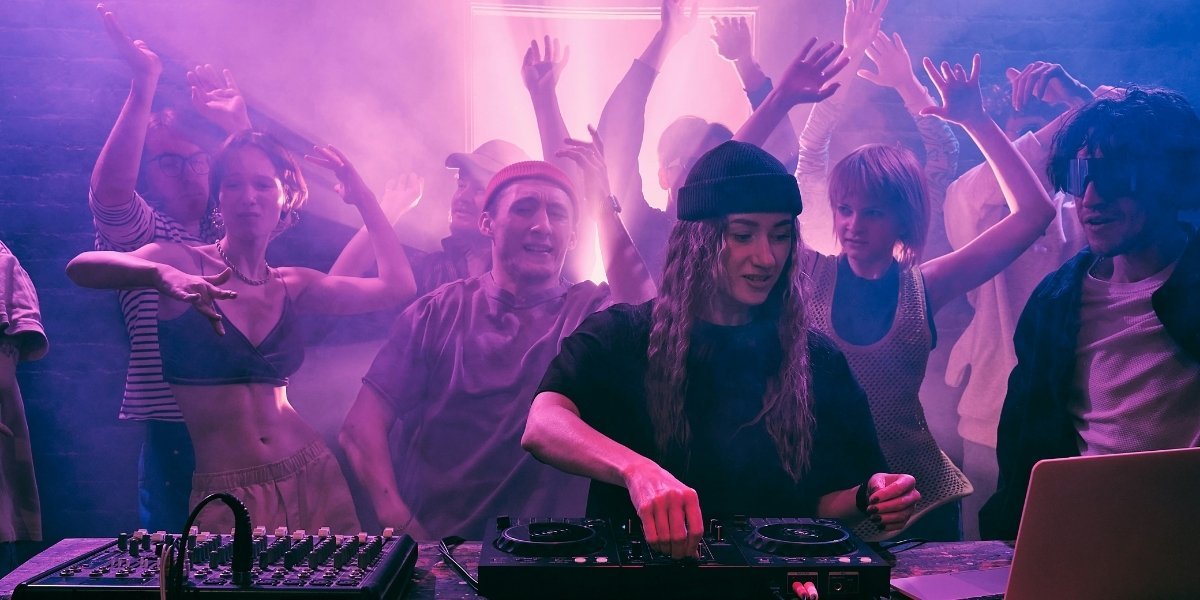Live music has evolved significantly over the decades, with changes in technology, vocal performance techniques, and audience expectations shaping how singers sound during concerts. Many fans have noticed that live performances today often sound different compared to the 1980s. This article explores the key reasons behind these differences, examining how advancements in sound reinforcement, vocal processing, performance styles, and production standards have influenced modern live singing.
Read also: Do Celebrities Interact with Fans in Concerts?
Technological Advancements in Live Performances
Improved Sound Reinforcement Systems
One of the most significant changes in live performances since the 1980s is the advancement of sound reinforcement technology. In the 80s, PA (public address) systems were more limited in their ability to distribute sound evenly throughout large venues. Many artists had to contend with inconsistent sound quality, where different sections of the audience heard varying levels of volume and clarity.
Today, state-of-the-art line array systems allow for better sound dispersion, ensuring that the entire venue experiences consistent audio quality. These systems minimize distortion and allow for a more balanced mix, which means modern singers can perform with better vocal clarity and control than their 1980s counterparts. Additionally, modern monitoring systems, including in-ear monitors, have replaced traditional wedge monitors, providing artists with a clearer and more customized audio experience on stage.
Digital Effects and Processing
In the 1980s, live vocals were largely unprocessed, relying primarily on natural acoustics and analog effects such as basic reverb and delay. Modern live performances, however, frequently incorporate digital effects to enhance vocal performance. Digital processing allows for real-time vocal enhancements, including:
- Reverb and echo effects that create a fuller, more immersive sound.
- Pitch correction tools like Auto-Tune, used subtly in live settings to correct minor pitch variations.
- Compression and EQ adjustments that help balance vocal levels and prevent sudden spikes in volume.
These technologies help create a polished, studio-like experience in live performances, making singers sound different compared to the rawer live vocals of the 80s.
Use of Backing Tracks and Pre-Recorded Elements
Supplementing Live Vocals
One of the most notable shifts in live performances is the increased use of backing tracks. In the 1980s, live shows were primarily about real-time vocal and instrumental performances. Today, many artists use pre-recorded elements to enhance their sound, allowing them to recreate complex studio harmonies and instrumental layers that would be difficult to achieve live.
Backing tracks serve multiple purposes, such as:
- Providing background harmonies that singers may not be able to replicate live.
- Supporting vocal consistency, especially for artists who engage in extensive choreography.
- Ensuring a seamless live experience when certain instruments or sounds cannot be reproduced effectively on stage.
While this practice enhances the overall production quality, it can make live performances sound more polished and different from the unfiltered live shows of the 80s.
Changes in Vocal Performance Styles
Artistic Evolution and New Vocal Techniques
Singers today often adopt different vocal techniques compared to those used in the 1980s. The 80s were characterized by powerful, high-energy vocal performances with strong belting techniques, particularly in rock and pop music. Artists like Freddie Mercury and Cyndi Lauper showcased raw, emotive vocal styles that emphasized vocal prowess.
In contrast, modern pop and R&B singers tend to favor more breathy, controlled, and nuanced vocal deliveries. This shift is partly due to changes in production trends and the influence of studio recording styles, which emphasize softer, more intimate vocals. These stylistic changes mean that live performances today sound different, as singers adapt their vocal techniques to match contemporary expectations.
The Role of Vocal Stamina in Long Tours
Touring demands have also changed, influencing how singers approach their live performances. In the 1980s, many artists performed multiple nights per week with limited vocal rest, which sometimes led to inconsistent performances. While this rawness was embraced, modern artists are often expected to deliver flawless performances night after night. To preserve vocal stamina, many singers adjust their live performances by:
- Modifying vocal arrangements to avoid excessive strain.
- Using falsetto or lower registers instead of belting high notes.
- Taking advantage of digital enhancements to support vocal consistency.
These adaptations ensure longevity on tour but contribute to differences in how singers sound live compared to the 80s.
Audience Expectations and Production Standards
Enhanced Production Values
Concert production standards have risen significantly since the 1980s. Audiences today expect high-quality performances that match the polished recordings they hear on streaming services. As a result, artists invest in elaborate stage setups, synchronized lighting, and immersive visual effects, all of which influence how vocals are presented.
Unlike the straightforward concert setups of the 80s, where live instrumentation and vocals were the focal points, today’s concerts integrate multimedia elements that sometimes shift the emphasis away from raw vocal delivery. While this enhances the overall experience, it also creates a different sonic atmosphere compared to 80s live performances.
Visual and Audio Integration
The integration of live visuals and pre-recorded elements means that modern concerts are as much about the spectacle as they are about the music. This shift influences how vocals are mixed and presented to ensure they complement the overall production. Singers may rely on:
- Pre-recorded vocal fills to maintain consistency during highly choreographed performances.
- Sound engineers adjusting live audio to match pre-recorded elements.
- Auto-Tune or pitch correction to maintain a seamless experience.
While these enhancements improve the concert experience, they also contribute to the perception that modern singers sound different live compared to the 1980s.
Read also: A Beginner’s Guide: How to Set Up a Music Video Launch
The Impact of Streaming and Digital Distribution
Recording vs. Live Sound
Another factor influencing live performances today is the impact of digital distribution and streaming. In the 1980s, recorded music was distributed primarily through physical media like vinyl, cassettes, and CDs. The imperfections of live performances were accepted as part of the concert experience.
Today, with the prevalence of auto-tuned, digitally enhanced studio recordings, audiences have become accustomed to flawless sound quality. This has created a greater expectation for live performances to match the polished perfection of studio recordings, leading artists to rely on vocal effects and enhancements to meet these expectations.
The way singers sound live has changed significantly since the 1980s, influenced by advancements in sound reinforcement, digital effects, performance styles, and audience expectations. While 80s live performances were often raw and unfiltered, today’s concerts prioritize high production values and polished vocals, sometimes using technology to enhance live singing. While some may view these changes as diminishing the authenticity of live music, others appreciate the improved concert experience made possible by modern innovations. Regardless of perspective, the evolution of live performances reflects the ongoing relationship between music, technology, and audience expectations, shaping how artists engage with their fans on stage.









